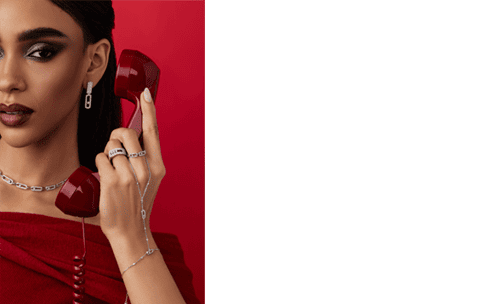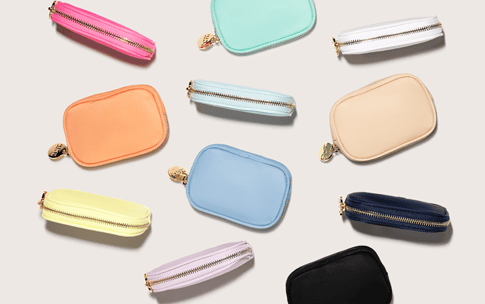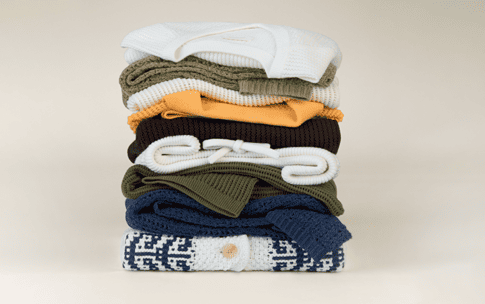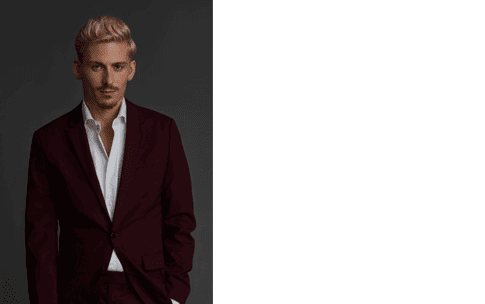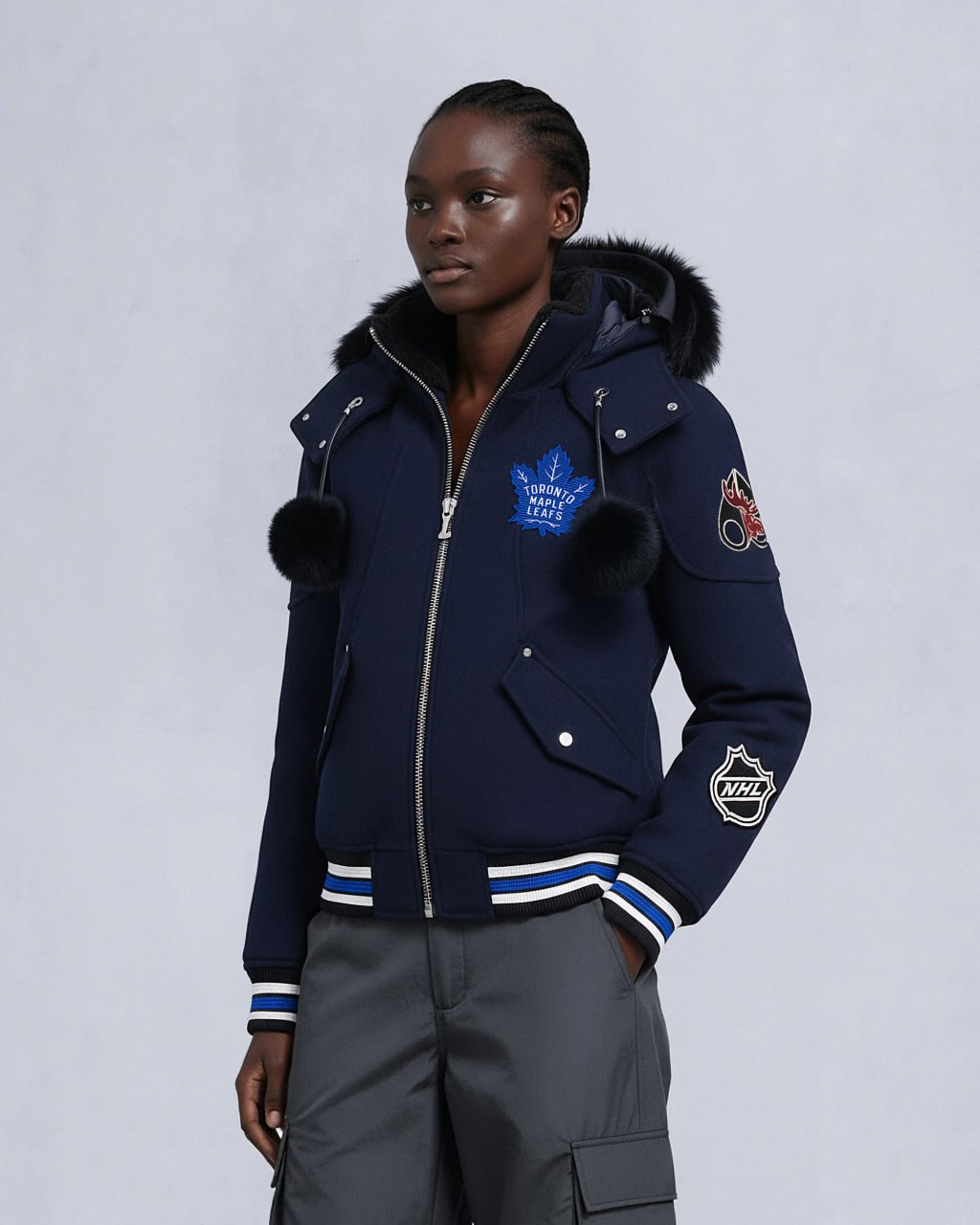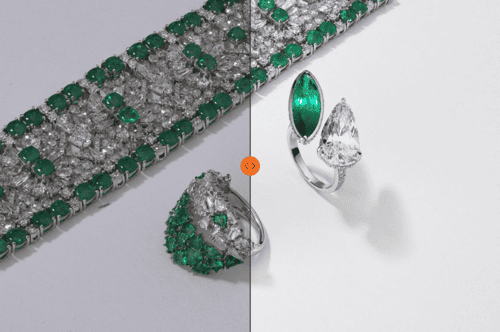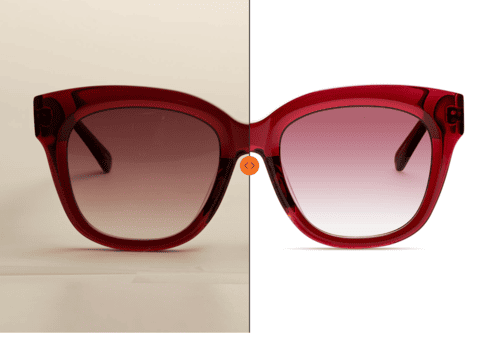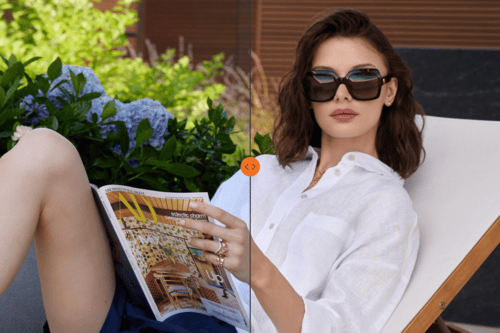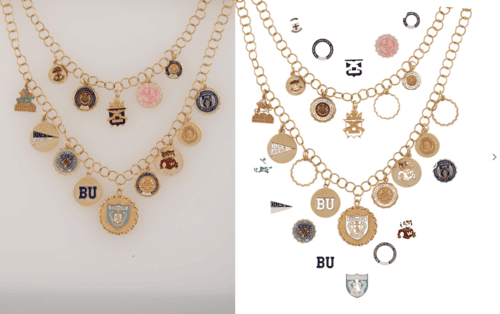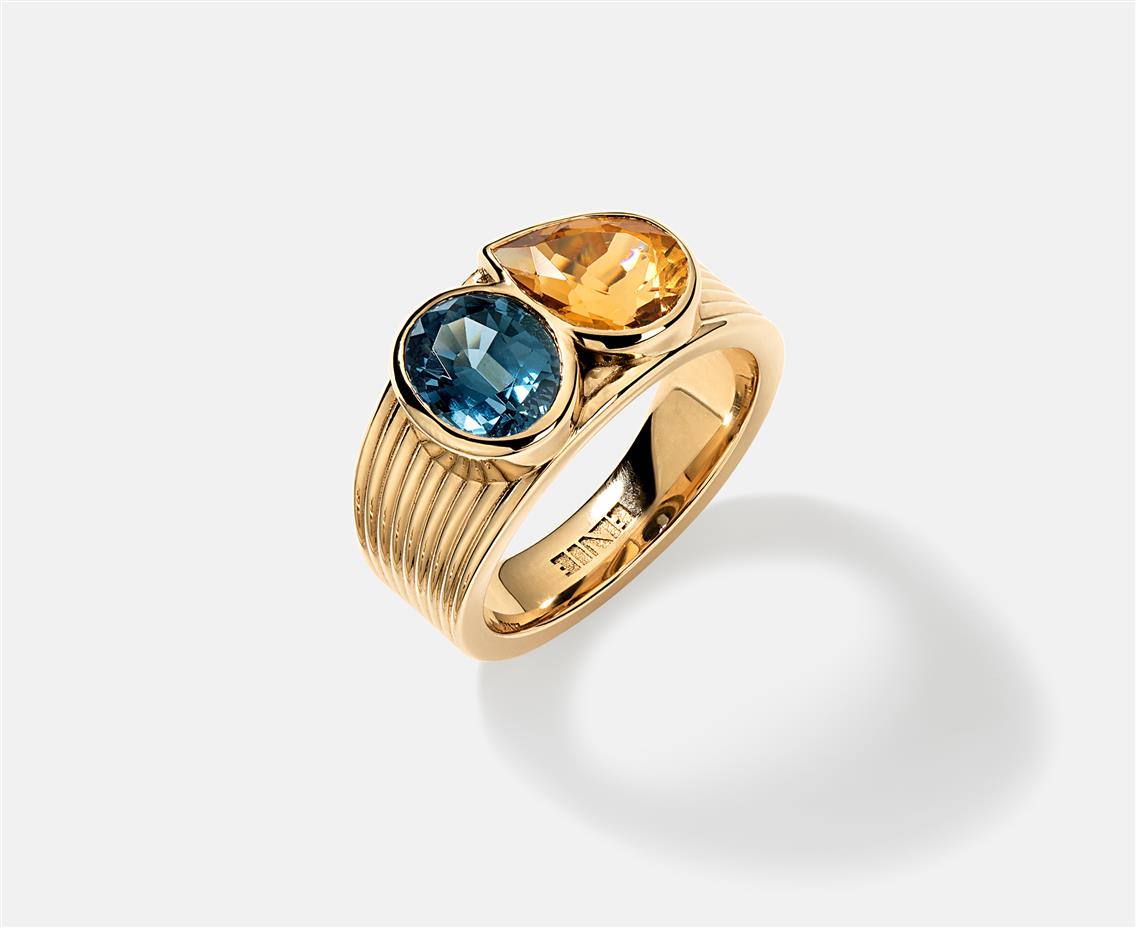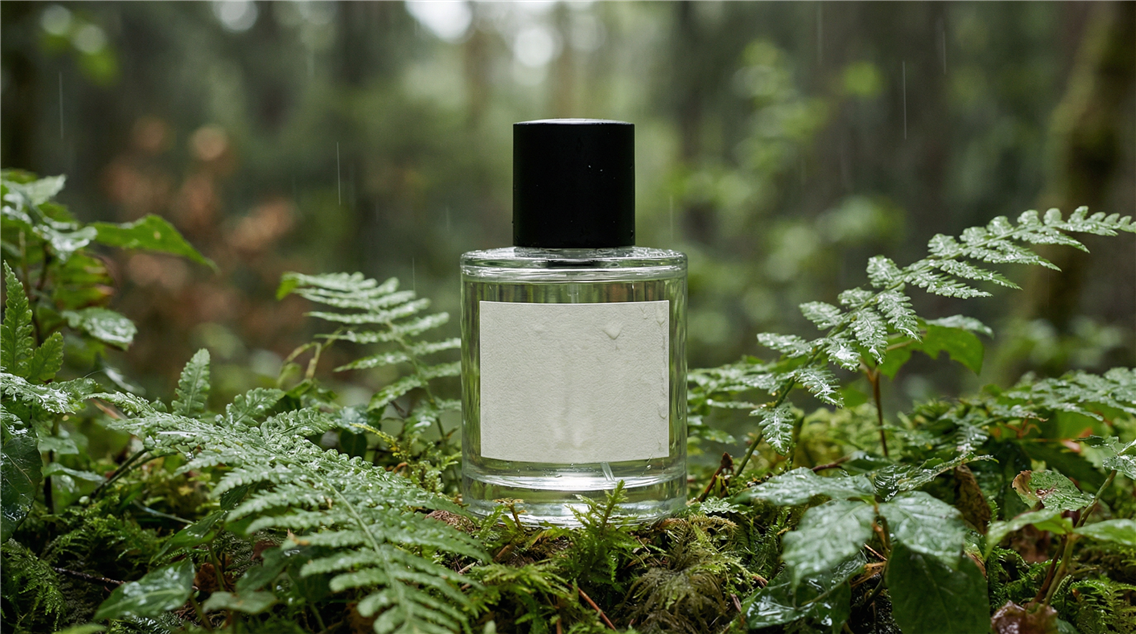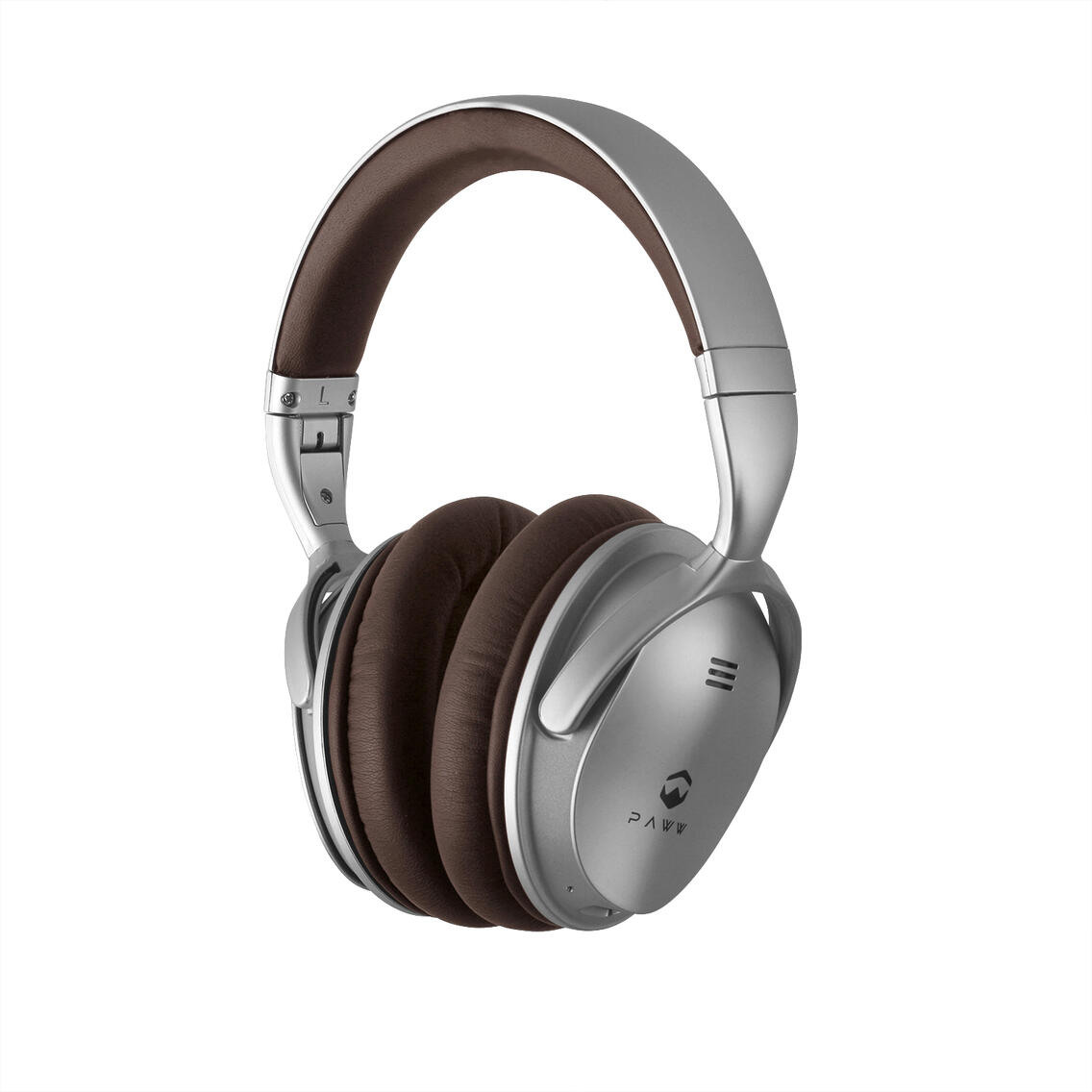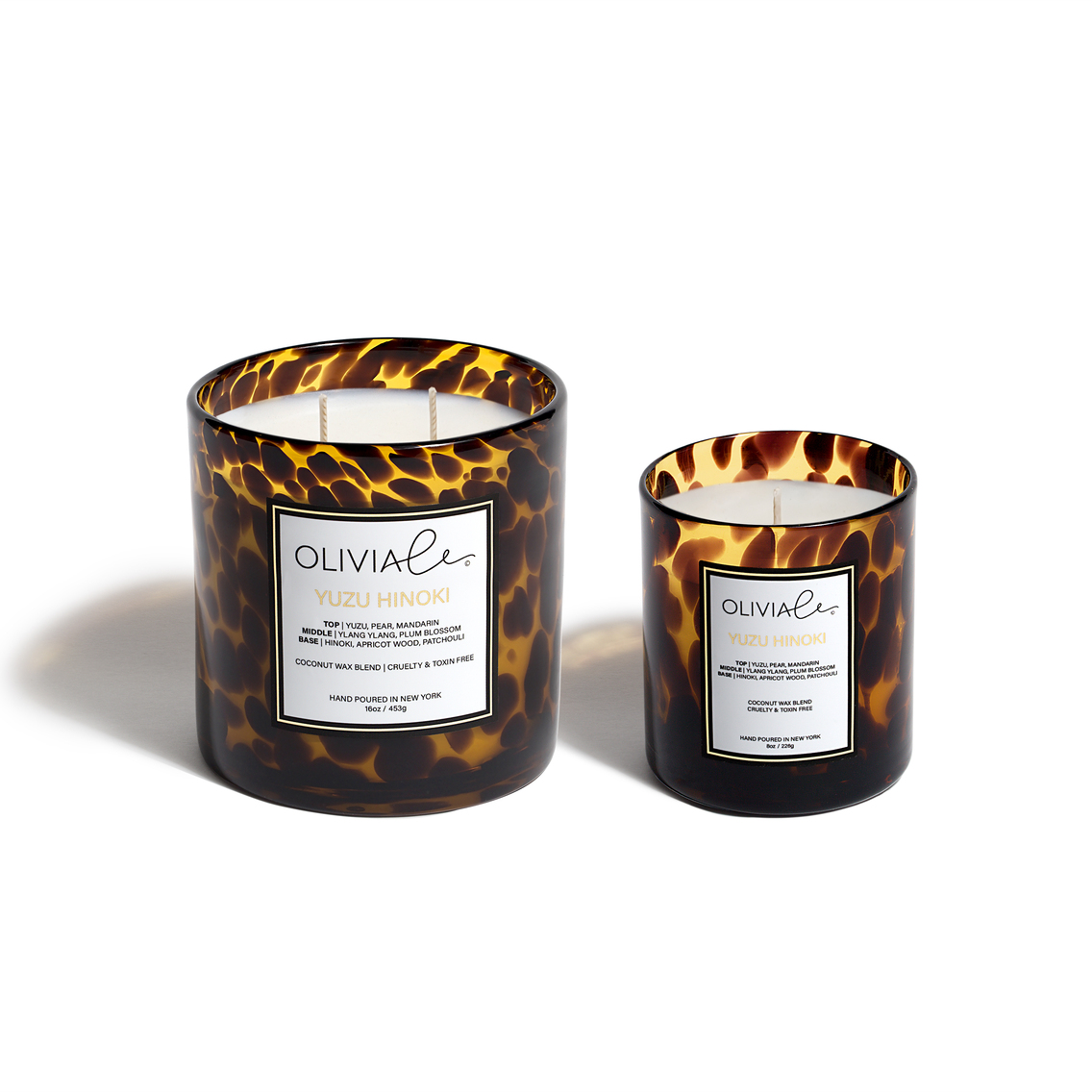How to Shoot a Lookbook for Your Fashion Brand
Lookbooks might sound like something from the pre-Instagram era, but smart brands know that they’re one of the most strategic tools in their visual marketing playbook. Whether you're courting wholesale buyers, building brand equity with stylists and editors, or strengthening your e-commerce ecosystem, a well-executed lookbook tells your story in a way that a carousel of unrelated product shots never can.
Besides being an aesthetically pleasing part of your brand, a strong lookbook builds a common narrative for collections and ensures visual consistency across platforms from your DTC website to digital linesheets and seasonal press kits. It bridges the gap between how a product looks and how it fits in your life, guiding your audience through the experience and ethos of your brand.
In this article, we’ll walk you through the strategic and creative decisions involved in producing a high-impact fashion lookbook and how to work with a professional fashion photography team throughout the entire process, from concept to delivery.

Define the Purpose of Your Fashion Lookbook
Before you book a photographer or scout a location, you need to be extremely clear about one thing: What exactly is your lookbook supposed to achieve?
Too many fashion brands skip this step and end up with a beautiful but functionless piece. Something that looks great on Instagram but doesn’t help buyers buy, designers pitch their ideas, or customers shop. So let’s break it down.
Editorial vs. Commercial Lookbooks: Know the Difference
There are two primary categories a lookbook falls into, and your entire visual strategy should be shaped by which one you choose:
| Editorial Lookbooks are emotion-driven and concept-first. These are the moody, cinematic collections of images often used for PR, runway follow-up, or brand positioning. They’re designed to create desire by using images with creative lighting, styled environments, abstract poses, and more brand mood at their core. |  |
 | Commercial Lookbooks are clean, structured, and product-oriented. These are built for sales. Wholesale buyers and ready-to-purchase customers expect to see a complete, professional, and consistent presentation of each garment, including front, back, and close-up detail shots. These lookbooks are often digital stores’ product pages or interactive flipbooks sent to retail partners, showroom buyers, or used internally to plan merchandising. |
The biggest mistake is trying to do both editorial and commercial lookbooks at once. Pick a lane and shape every decision like styling, layout, model expression, and photo format accordingly.
Plan the Structure and Content of Your Lookbook
Once you’ve defined the goal of your lookbook, it’s time to design the narrative. Yes, even a product-focused commercial lookbook needs structure: visual rhythm, logical flow, and a clear hierarchy of information. Otherwise, you're just dropping beautiful images into a PDF and hoping for the best.
Storyboarding the Flow: Collections, Drops, or Styling Themes
Start by deciding how to group your pieces. Here are a few strategic approaches:
- By Collection or Drop. Ideal for seasonal campaigns. Think SS25, Resort Capsule, or “Fall Edit.”
- By Style or Fabric Family. Useful if you’re introducing multiple categories (knits, silks, suiting) within one collection.
- By Mood or Occasion. Great for websites selling directly to the consumer. For example: “Back to Work,” “Weekend Uniforms,” “Evening Statements.”
Your lookbook is a story arc. You’re guiding the reader’s attention from one product world to another, helping them imagine how your brand fits into their life or retail shelf.
Designers and founders often underestimate this. But for buyers and stylists, structure makes it easier to digest your vision, identify key SKUs, and take action.


Decide on Must-Have Shots and Product Priorities
You don’t need to shoot every piece the same way, but you do need consistent logic among your images. Start by identifying your hero items, high-margin sellers, or SKUs with the most press or influencer traction.
For each look or outfit, consider including:
- Full-length front shot
- Back view
- 3/4 profile
- Close-up of details (buttons, texture, stitching)
- Accessory callouts if relevant








We covered this in more depth in our article: A Creative Director in Commercial Content Production and Strategy which elaborates on layout thinking, sample management, and visual planning.
Choose the Right On-Model Photography Style
Your lookbook visuals will define how your brand is perceived, not just by customers, but by buyers, editors, stylists, and merchandisers. So choosing the right on-model photography style is both an aesthetic decision and a business move.
This is where outsourcing to professionals makes a difference. Pros know how to match your visual identity with execution that sells. But even when working with a great studio, you need to know which direction to take.
Studio vs. Location Shoots for Lookbooks
Both approaches can work, but the choice should align with your objectives:
Studio Shoots
|  |
 | Location Shoots
|
Hybrid formats are increasingly popular: use a studio for the entire collection, then shoot 5–7 “hero looks” on location for storytelling and ad purposes.
Editorial Styling vs. Clean E-Commerce Styling
Styling plays a major role in how your garments are perceived:
Editorial Styling uses layering, accessories, unexpected combinations, and visual tension to build mood and intrigue. It’s excellent for establishing the voice of a frame, but not always great for showing garment clarity.
E-Commerce Styling is about clean, digestible outfit presentation. Products are styled exactly how they’ll be worn in real life, often with minimal distraction. Tailored for buyers at the decision-making point in the sales process.

Related read: Why Your Brand’s Next Shoot Needs a Pro Fashion Stylist
Select Models and Creative Talents Strategically
Your lookbook is only as strong as the talent you hire. This includes the models, but also the photographer, stylist, art director, and production crew behind the scenes.
Many fashion founders focus only on garments, assuming models and crew are plug-and-play. But casting the wrong faces or hiring a team that doesn’t understand your brand and your goals can undermine everything, from sales to press to customer trust.
Model Casting Based on Target Market and Brand DNA

Don’t cast based on trends, cast based on brand alignment. Your model should reflect your customer, your price point, and your aesthetic.
- Selling luxury tailoring? Look for timeless elegance.
- Building a Gen Z streetwear brand? Diversity, individuality, and attitude matter.
- Is your brand inclusive by mission? Then casting must include all ages, sizes, races, and gender expressions.
For a deeper guide on how to cast models, read our full article: The Smart Way to Find and Choose Models for Your Brand Photoshoot
Creative Team Roles: Hire More Than a Photographer
A professional photographer is essential, but they’re not a one-person army. You’ll likely need:
- Creative Director (to establish vision and visual guidelines)
- Stylist (clothing and sometimes props)
- Art Director (to maintain vision and keep cohesion)
- Hair/MUA/Nail Technician
- Producer or studio support
The right team ensures your shoot is smooth, on budget, and visually aligned from look 1 to look 50.
Related read: Understanding the eCommerce Photography Creation Process and Team Involvement
Get Your Fashion Products Ready for the Shoot
One of the most common reasons lookbook shoots fall short is poor product prep. No matter how great your photographer or model is, if the garments are wrinkled, poorly fitted, or missing key SKUs, the whole production suffers.
Fashion Lookbook Prep Checklist
You need every item to be photo-ready. That means:
- Correct sizes for models (especially bottoms and tailored pieces)
- Steamed, lint-rolled, pinned, or clipped where necessary
- Backup options in case of damage or misfits
- Accessories and shoes pair properly matched if you’re styling head-to-toe looks
Small things like a loose thread or misaligned seam become big distractions in high-res imagery. And reshoots are costly.
Logistics Planning: Shot List, Timeline, and Styling Boards
Clarity is everything. Arrive on set with:
- A master shot list grouped by priority
- Styling boards or look references for each model
- A clear timeline with built-in time for changes and approvals
Best Practices for Lookbook Photo Production
Once you’ve got models, a creative team, and garments in place, the way you produce content determines whether your lookbook feels coherent or chaotic.
Shooting Efficiently Without Sacrificing Quality
Efficiency doesn’t mean rushing. It means building a system:
- Group your shots by look, model, and lighting setup to reduce unnecessary changes.
- Set up zones for your team to capture both full-length and detail shots.
- Assign a production lead to keep the schedule on track and handle model changes, look transitions, and approvals.
This becomes even more critical when you’re shooting dozens of SKUs in one day. And this is the reality for many fashion brands.
Review Live Tethering, Approve as You Go
Live tethering (viewing shots on-screen as they’re taken) is essential.
- Founders or art directors can review images in real time and flag anything off like pose, styling, wrinkles.
- This avoids discovering issues only after post-production begins.
- If your visual content production studio offers a client-facing portal or screen, use it. The faster you catch mistakes, the faster you can fix them.

With the LenFlash Cloud, for example, clients can review images, give feedback, and access files during and after production, streamlining the entire process and removing communication delays.
Leverage Your Lookbook Across All Marketing Channels
You’ve invested time, talent, and budget into creating your lookbook. Don’t let it sit and gather dust. A smart lookbook is a content goldmine that can power your marketing for months.
Repurpose for E-Commerce, Social, and Press Outreach
Every shot captured during your lookbook shoot should work across platforms. Think beyond the lookbook file:
- E-Commerce: Use cropped full-body and detail shots for banners, collection pages, and PDPs.
- Social Media: Feature best-performing looks in reels, carousels, and stories. Plan vertical crop zones during the shoot.
- Email Campaigns: Turn your top 5 looks into a post-launch email sequence: “Shop the Edit,” “Behind the Collection,” “Founder’s Picks.”
- Press Kits: Build a mini editorial with lookbook highlights for editors and stylists. Include hi-res images, credits, and your story angle.
Strategic repurposing turns one shoot into dozens of brand touchpoints, all with consistent styling, lighting, and tone.


Pitching with Lookbooks: B2B Sales and Influencer Kits
If you're selling wholesale, this is your catalog. Retail buyers want to see garments styled clearly, with all views and SKUs logically grouped. If you're approaching influencers, stylists, or editors, a polished lookbook boosts your brand credibility tenfold.
Include:
- Cover page with logo, season, and contact info
- Story section: 2–3 sentences max
- Look-by-look layout with captions or codes
- Order form or SKU index (if B2B)
A good lookbook removes friction. It’s a visual pitch deck designed to make the “yes” easier.
If there’s one thing to take away from this guide, it’s this: a lookbook isn’t a side project. It’s a high-impact brand asset, and you only get one chance to make it work.
Trying to manage everything in-house from casting to lighting to retouching often ends with missed deadlines, inconsistent visuals, and wasted product samples. You don’t just need great photos. You need a partner who understands the nuances of fashion production, from fit to flow to file delivery.
